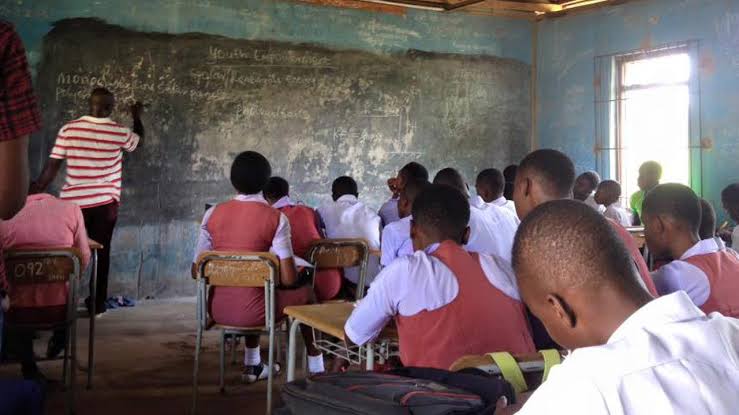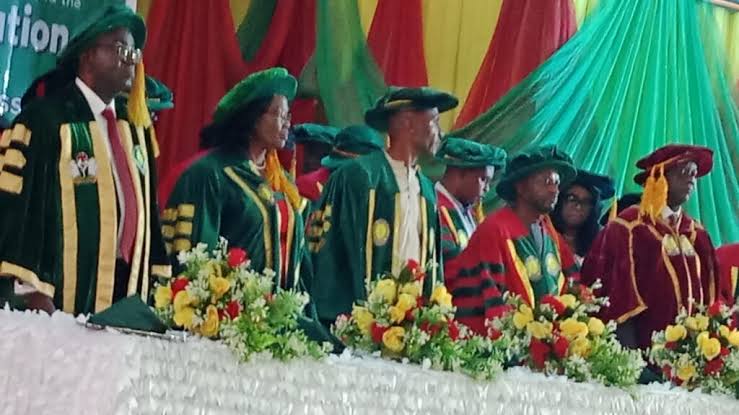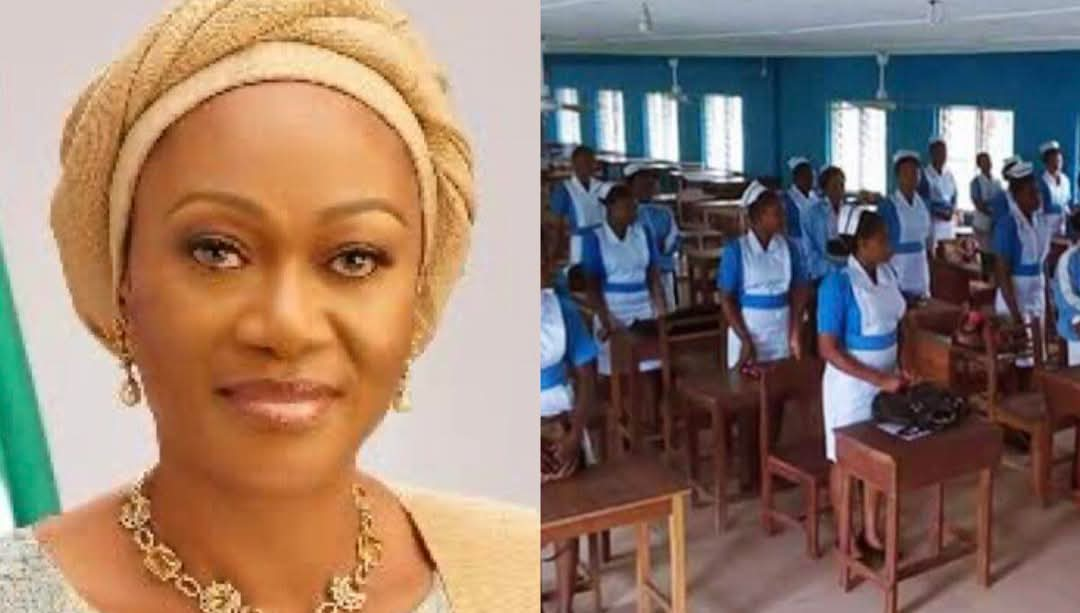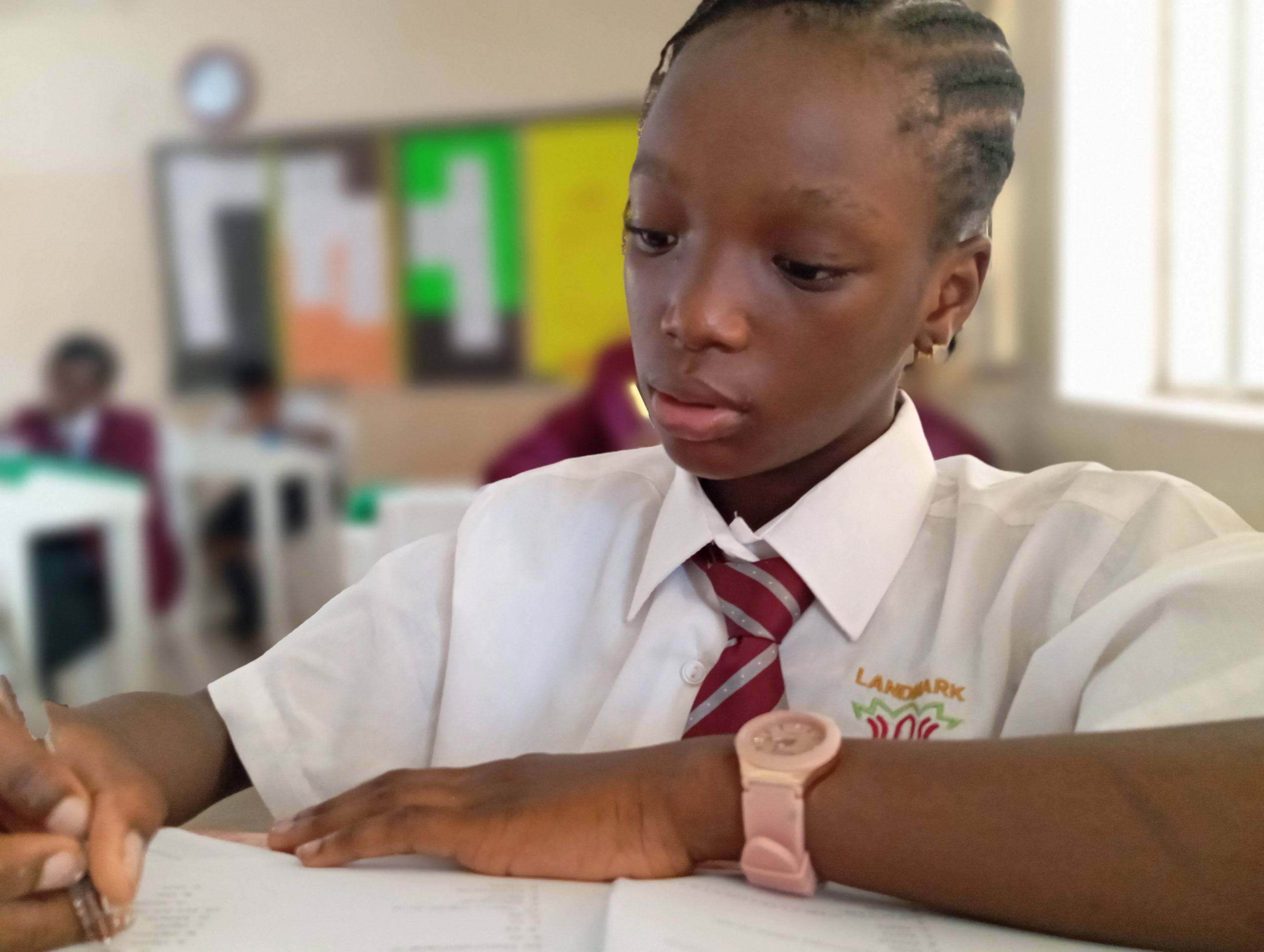Education is an indispensable foundation for the development and progress of any nation. However, in Nigeria, the educational system is marred by numerous challenges, ranging from insufficient funding to old facilities and outdated methods of teaching, which stand out as critical issues. To understand the current state of education in Nigeria, it is essential to look at its historical context.
According to data from UNICAF in 2022, the formal education system in Nigeria can be traced back to the advent of Western missionaries in the 19th century. These missionaries established schools primarily in the southern regions, with a focus on religious education. Over time, the British colonial government formalised education through policies that aimed to produce clerks and interpreters for the colonial administration. Post-independence in 1960, Nigeria inherited an educational structure that was ill-suited for its developmental needs. The government initiated various reforms, including Universal Primary Education (UPE) in 1976, aimed at expanding access to education. However, these efforts were often hampered by inadequate funding, political instability, and a lack of continuity in policies.
Old Facilities
One of the most pressing issues in Nigerian education today is the dilapidated state of school facilities. Many public schools, particularly in rural areas, are characterised by crumbling infrastructure, insufficient classrooms, and a lack of basic amenities such as water and electricity. This section explores the various dimensions of this problem.
The infrastructure of many Nigerian schools is in a state of severe disrepair. Classrooms are overcrowded, often accommodating far more students than they were designed for. In many cases, students sit on the floor due to a lack of desks and chairs. Roofs leak, walls are cracked, and windows are broken, exposing students to the elements and making learning conditions extremely challenging.
In rural areas, the situation is even more dire. Schools are often located in remote areas with poor accessibility. Many lack proper buildings altogether, with classes sometimes held under trees or in makeshift structures. These conditions not only impede the learning process but also pose significant safety risks to students and teachers alike.
Miss Aanuoluwapo Adekanbi, a teacher in a rural area in Ogun State, shared her plight about old facilities in the education sector in Nigeria. In her words, she said, “Schools in Ifo often lack access to modern technology, such as computers and the internet. This limits students’ exposure to digital literacy and access to online educational resources. Teachers here are used to old methods of teaching te and I don’t see that changing anytime soon. We rely on the curriculum provided by the government, there are no new innovations in what we do”.
In addition to poor infrastructure, Nigerian schools are plagued by a severe shortage of teaching materials. Textbooks, when available, are often outdated and insufficient in quantity. Many schools lack basic laboratory equipment for science subjects, making practical lessons impossible. Libraries, if they exist, are usually sparsely stocked with irrelevant or outdated books.
The reliance on outdated teaching materials undermines the quality of education and hampers students’ ability to engage with contemporary knowledge and skills. This issue is compounded by the digital divide; while the rest of the world is increasingly integrating technology into education, many Nigerian schools still lack basic ICT facilities.
Traditional Methods of Teaching
Alongside outdated facilities, the Nigerian education system is also characterised by traditional methods of teaching that are no longer effective in the modern educational landscape. These methods include rote learning, teacher-centred instruction, and a rigid curriculum that does not cater to the diverse needs and interests of students.
Rote Learning
Rote learning emphasises memorization over understanding and is a predominant teaching method in Nigerian schools. Students are often required to memorise vast amounts of information and regurgitate it during exams. This approach stifles critical thinking, creativity, and problem-solving skills, which are essential for success in today’s rapidly changing world. Rote learning is particularly prevalent in primary and secondary education, where the focus is on passing standardised exams. The pressure to perform well in these exams leads to an overemphasis on memorisation, leaving little room for experiential and interactive learning.
Teacher-Centred Instruction
The traditional teacher-centred approach to instruction is another significant issue. In this model, the teacher is the primary source of knowledge, and students are passive recipients. Lessons are often delivered through lectures, with limited opportunities for students to engage in discussions, ask questions, or collaborate with peers. This method of teaching fails to cater to the diverse learning styles and needs of students. It also limits the development of critical thinking and independent learning skills, which are crucial for lifelong learning and adaptability. Furthermore, it places immense pressure on teachers, who are often overburdened and undertrained.
Rigid Curriculum
The Nigerian education curriculum is often criticised for being rigid and outdated. It does not adequately reflect the needs of the modern economy or the interests of students. The focus is primarily on academic subjects, with insufficient emphasis on vocational training, arts, and physical education. This lack of flexibility in the curriculum limits students’ opportunities to explore their interests and talents. It also contributes to high dropout rates, as many students find the curriculum irrelevant to their lives and future aspirations. Moreover, the curriculum does not adequately prepare students for the demands of the 21st-century workforce, which requires a range of skills, including digital literacy, critical thinking, and creativity.
Impacts on students and society
Using outdated facilities and traditional methods of teaching has far-reaching implications for Nigeria’s future. These issues affect not only individual students but also the broader socio-economic development of the country. The poor state of facilities and reliance on traditional teaching methods undermine the quality of education in Nigeria. As a result of this, students are not equipped with the skills and knowledge needed to succeed in the modern world. This, in turn, affects their employability and ability to contribute effectively to the economy. The challenges faced by the education system also affect teachers. Poor working conditions, inadequate training, and low salaries contribute to low morale and high turnover rates among teachers. This, in turn, affects their effectiveness and commitment to their profession. Teachers are the backbone of any education system, and their well-being is crucial for the success of students. When teachers are demotivated and overburdened, it reflects in their teaching and the overall learning environment.
Solutions
Given the significant challenges facing the Nigerian education system, there is an urgent need for comprehensive reform. Investing in the infrastructure of schools is a critical first step in improving the quality of education. This includes building and renovating classrooms, providing adequate furniture and teaching materials. In rural areas, special attention must be given to improving accessibility and providing basic amenities. Such investments require significant financial resources, and the government must prioritise education in its budget allocations. However, investment in infrastructure should not be the sole responsibility of the government. The private sector, non-governmental organisations (NGOs), and international donors can also play a huge role in supporting these efforts by the government.
Reforming the teaching methods used in Nigerian schools is equally important. This involves moving away from rote learning and teacher-centred instruction towards more interactive and student-centred approaches. Such methods encourage critical thinking, creativity, and active participation from students. Professional development programmes for teachers in public schools are essential in this regard. Teachers need to be trained in modern pedagogical techniques and provided with ongoing support to implement these methods effectively. Additionally, incorporating technology into the classroom can enhance teaching and learning, provided that the necessary infrastructure and training are in place. Also, the curriculum must be updated to reflect the needs of the modern economy and society. This includes integrating vocational training, digital literacy, and life skills into the curriculum. A more flexible and diverse curriculum will allow students to explore their interests and talents, making education more relevant and engaging.
In conclusion, reforming education requires the involvement of all stakeholders, including students, parents, teachers, and the broader community. Engaging these stakeholders in the reform process ensures that the changes made are relevant and sustainable. Community involvement can take various forms, such as school management committees, parent-teacher associations, and community-based monitoring of school infrastructure and quality of education. These platforms provide opportunities for stakeholders to voice their concerns, contribute to decision-making, and support the implementation of reforms.














